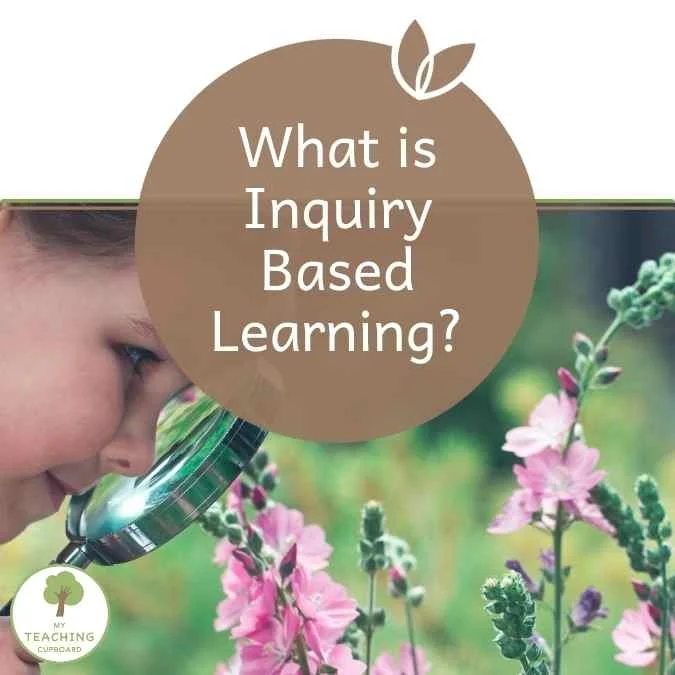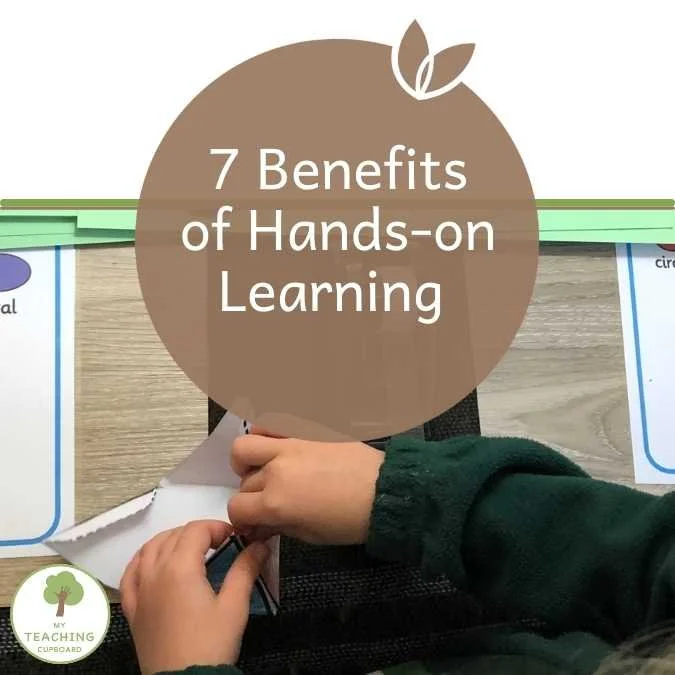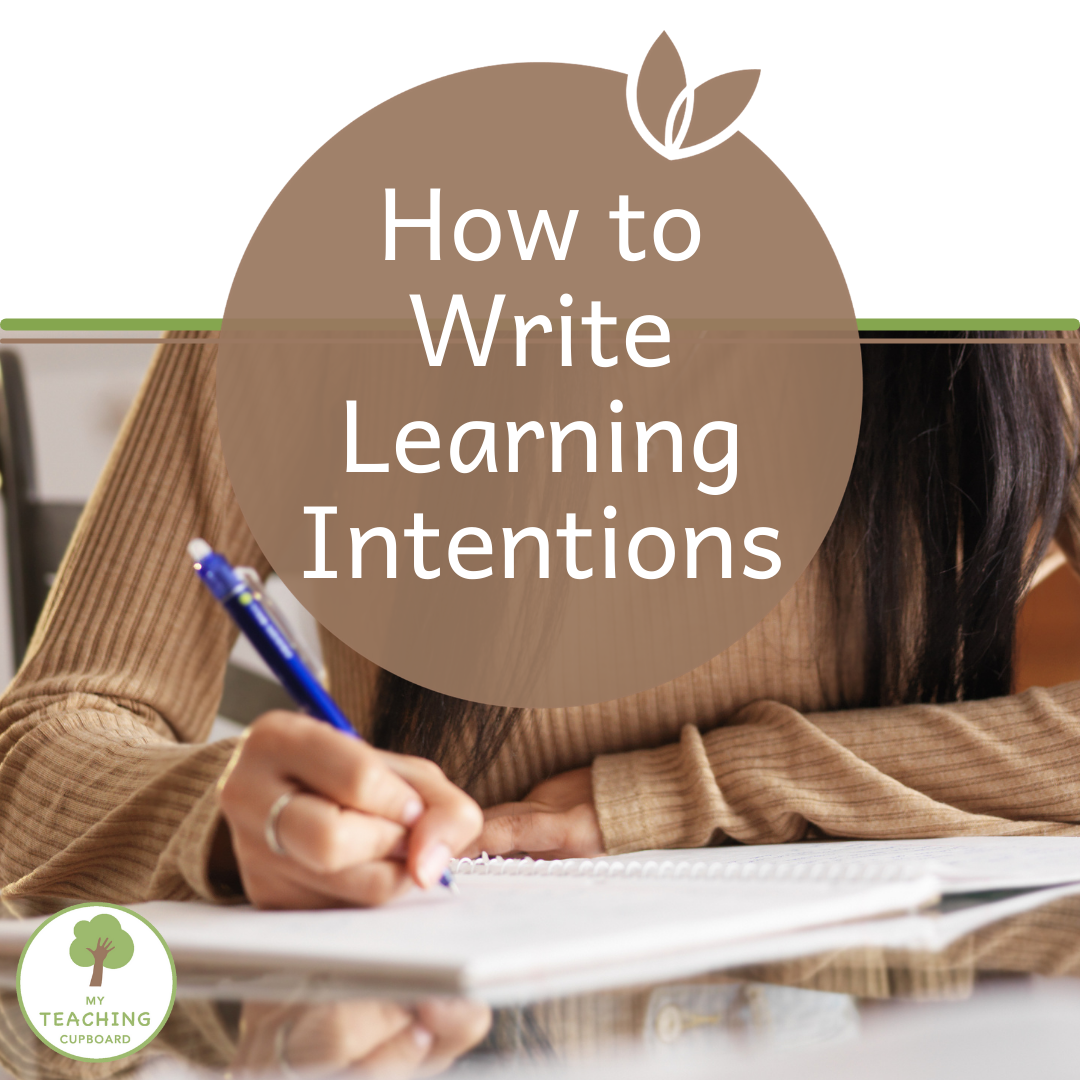Discover how inquiry-based learning can transform your early childhood classroom by fostering critical thinking, problem-solving, and deeper student engagement. Learn how this inquiry-based approach complements a play-based pedagogy and create a more engaging learning environment.
Read MoreDiscover the benefits of hands-on learning in early childhood education and learn how to effectively incorporate hands-on activities and resources into your teaching practice.
Read MoreDiscover the transformative power of Friedrich Froebel’s Theory of Play in early childhood education. Learn how his principles align with the EYLF and ACARA, and get practical tips for creating an effective play-based learning environment.
Read MoreHands-on learning is learning by doing. It is not only fun and engaging, but it’s the most effective way early childhood students learn. Check out the top 5 resources you need to make your classroom hands on learning activities super educational and entertaining!
Read MoreThe enclosing schema is a natural part of a child's development and can easily be nurtured through play-based learning. In this blog post we explore this play schema and how you can support it in your early childhood classroom.
Read MoreDo you have students interested in wrapping, covering, or hiding objects or themselves? If you do - then you have students with the enveloping play schema. In this blog post, we'll explore the enveloping play schema in-depth and you’ll discover heaps of activities to support it in your classroom.
Read MoreYoga has many benefits for children. It can help children develop their physical, emotional, and mental health, as well as promote self-awareness, concentration, and relaxation. Classroom yoga will benefit your children. Check out this blog post to discover 11 amazing yoga benefits for children.
Read MoreAre your students spinning, twirling, and turning objects or even themselves? They are exploring the rotation schema. This blog post explores the rotation play schema in detail and gives you 46 engaging activities you can use to support the rotation play schema in your classroom.
Read MoreThe trajectory schema is all about movement. If you have children in your classroom throwing things, fascinated with moving objects or force and motion, you have children developing their trajectory schema. Discover exactly what this play schema is and get heaps of playful hands-on activities you can use to support them.
Read MoreIn this blog post, you will learn all about the orientation schema and why it needs to be supported in your classroom. You’ll also discover several hands-on playful activities that will help you to support this interesting play schema.
Read MoreThe connecting schema is all about how things connect and separate. If you have children in your classroom tying things together, fascinated with tape or building and knocking over towers of blocks, you have children developing their connection schema. This blog post will explain exactly what this play schema is and give you a heap of playful hands-on activities to support it.
Read MoreIf you would like to create an engaging and effective learning environment and confidently plan learning experiences that perfectly match the cognitive development of each child in your class, this blog post on play schemas is for you. Understanding play schemas and being able to pinpoint the ones your students are developing is critical to the success of your early childhood classroom.
Read MoreLooking for ideas on how to use loose parts to teach early childhood math concepts? This blog post has 23 engaging activities and ideas you can use in your classroom.
Read MoreDiscover how to teach ACARA Maths through play-based learning in Foundation to Year 2. This blog post shares hands-on strategies, activities, and resources aligned with Version 9 of the Australian Curriculum.
Read MoreAre you wondering how to write effective and age-appropriate learning intentions for your preschool or kindergarten classroom? In this blog post you will discover some practical strategies to help you write curriculum aligned learning intentions your kindergarten and preschool children can relate to and use.
Read MoreDo you really need to display your learning intentions in a kindergarten or preschool classroom? In this blog post you will discover exactly what learning intentions are and learn some practical teacher tips and ideas for you to have success using or displaying classroom learning intentions in the early years learning environment.
Read MoreMindful Monday is a great way to start the school week. If you are looking for a way to bring some mindfulness into your classroom, you are going to love this Mindful Monday activity.
Read MoreWhat is the teacher’s role in loose parts play? In this blog post you will discover which loose parts are best for your children and find out how the teacher plays a vital role in the success of loose parts play in the classroom.
Read More

















